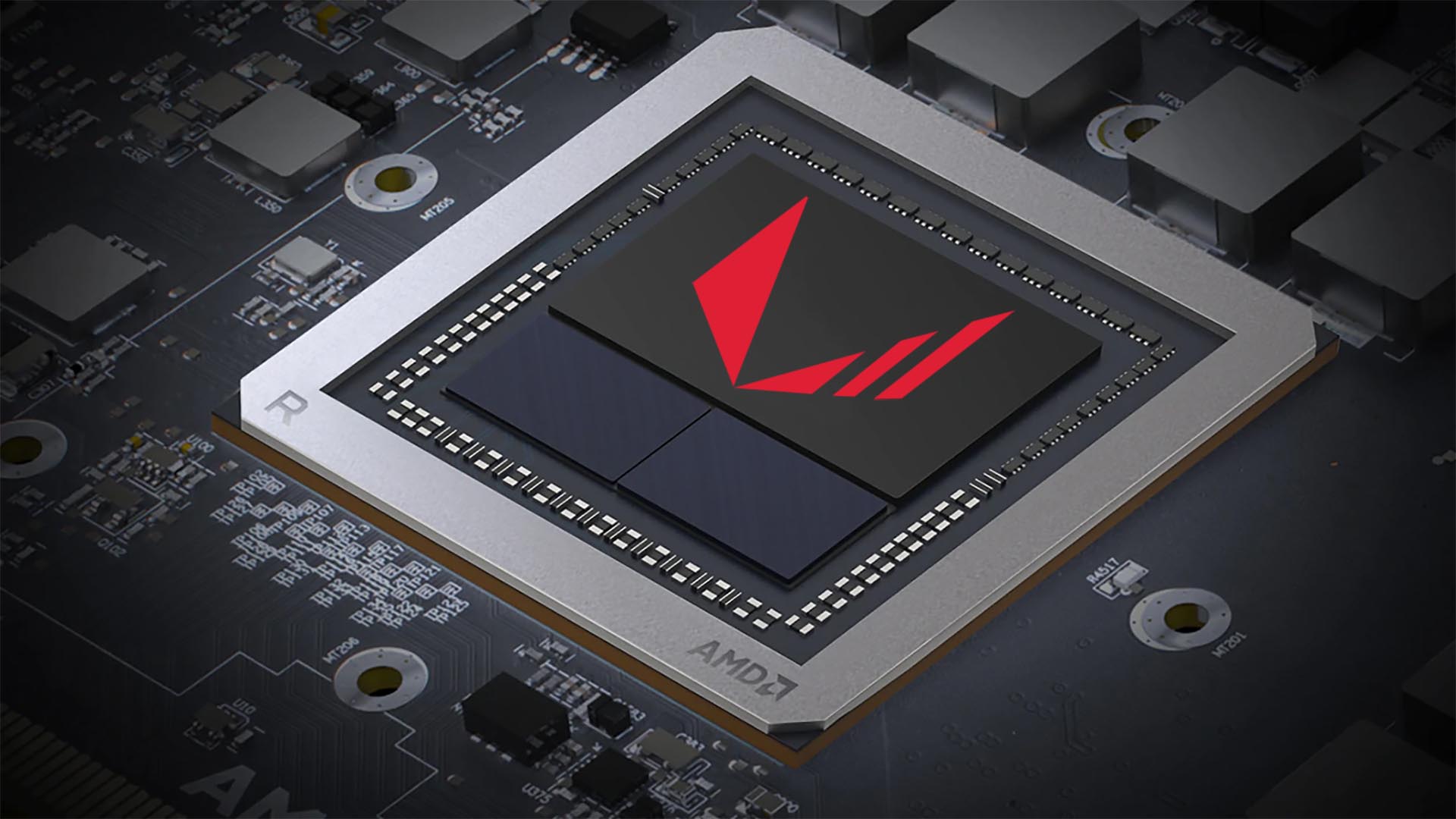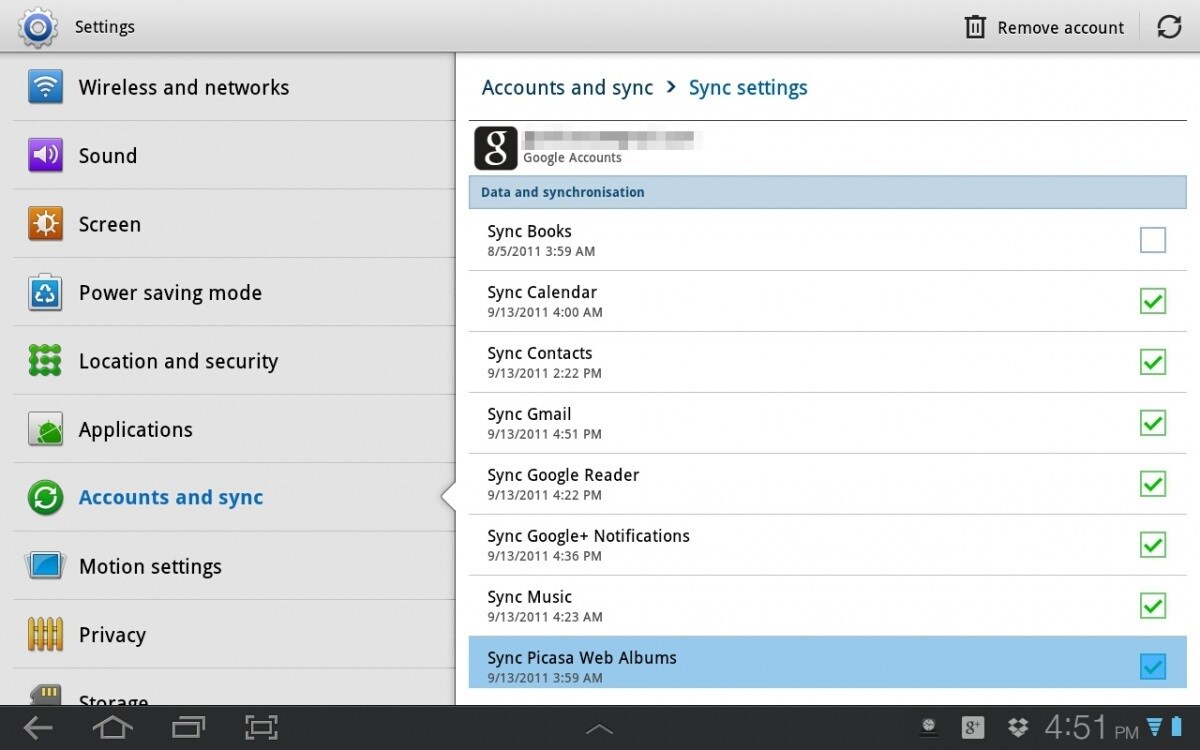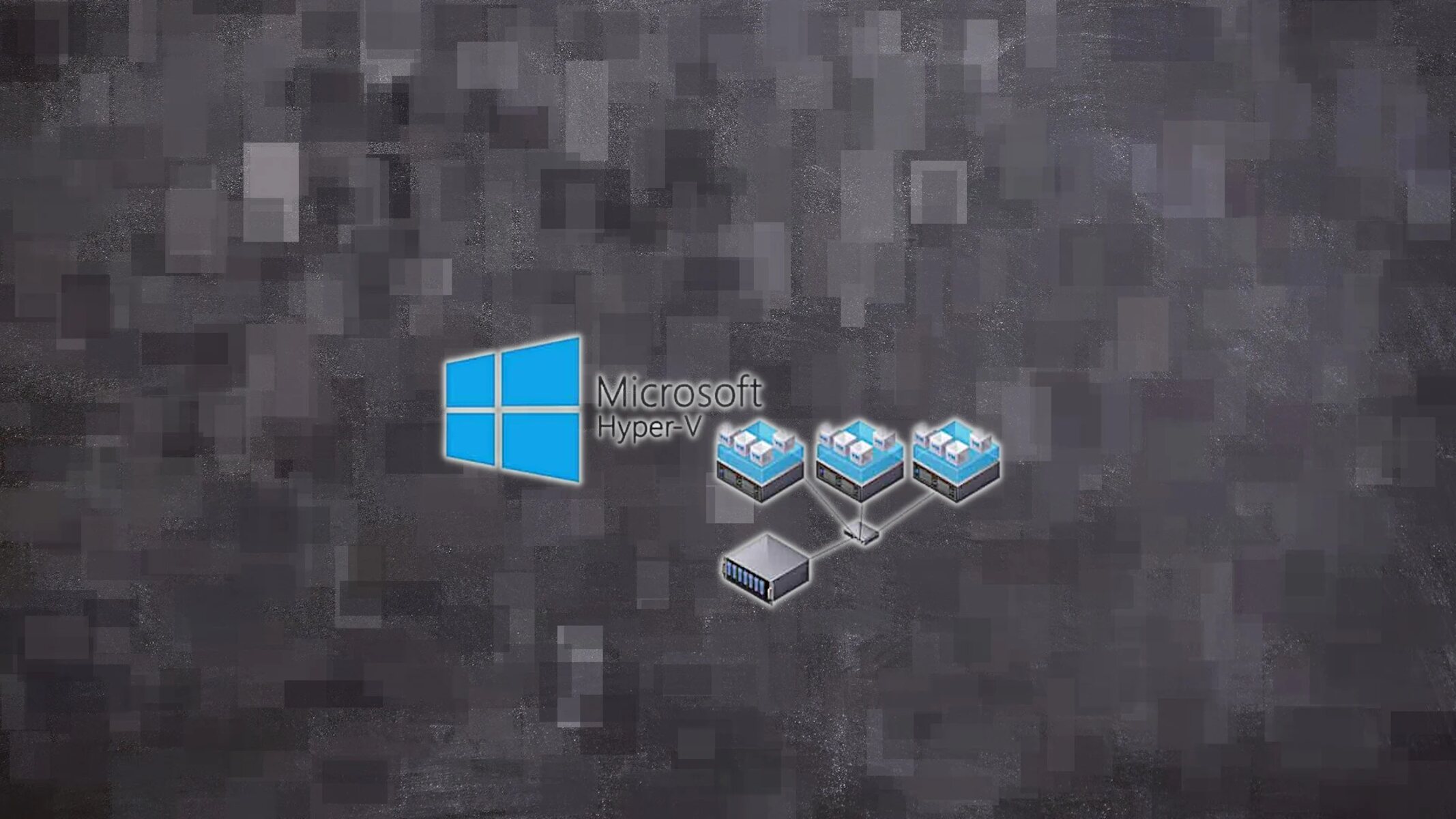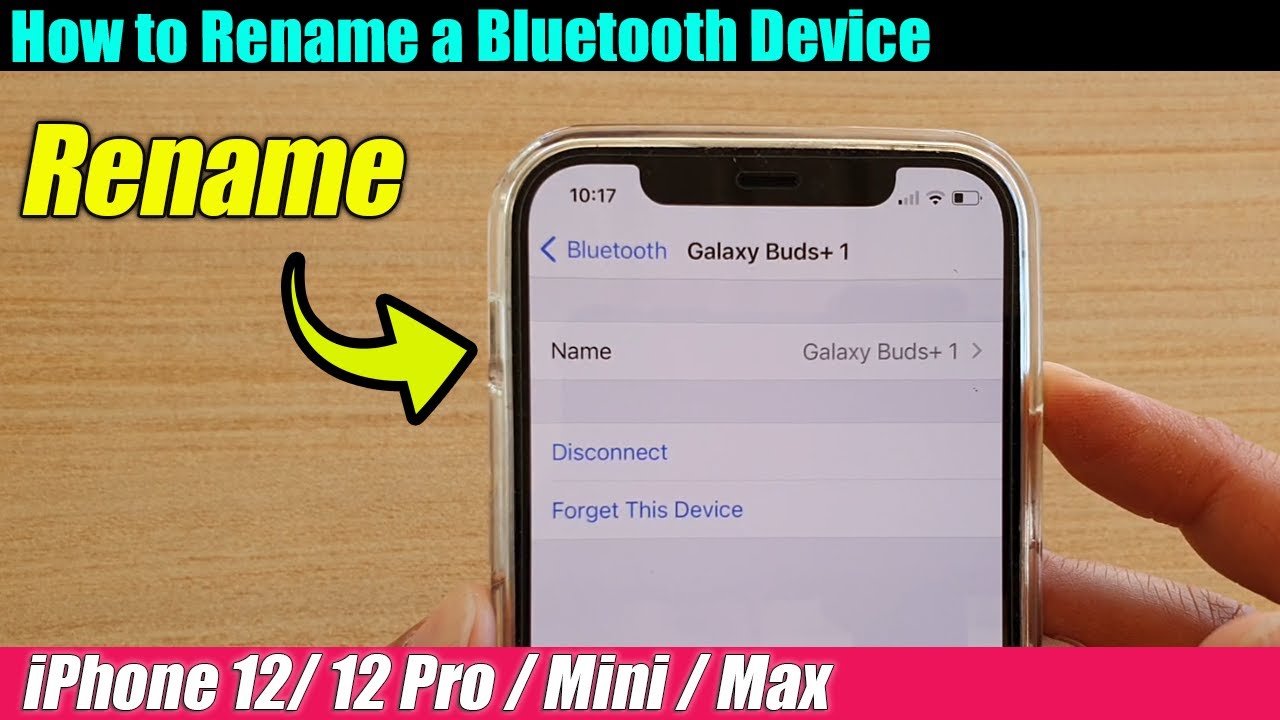If you’ve been following gaming-related news and articles in recent years, you’d know of the existence of the Steam Deck. It’s a powerful handheld gaming device like the Nintendo Switch – except it runs PC instead of console games. However, while many enthusiasts do know about the Steam Deck, fewer people might know about the AyaNeo Next. It’s the Steam Deck’s closest alternative, and it delivers powerful performance, great ergonomics, and is overall delightful to use. Is it for everyone, though? Let’s find out.
What Is the AyaNeo Next?


Before we get into the review, we first need to understand the AyaNeo Next. What is Aya Neo, and how is it different from the Steam Deck? Firstly, like the Steam Deck, the AyaNeo Next is a handheld PC specifically built for gaming. It’s one model out of many in the Aya Neo line and brings iterative upgrades to the previous Pro version.
If you take a look at the Aya Neo website, you’ll notice the device looks almost identical to the Nintendo Switch. It has a screen in the middle and controls on either side for easy handheld gaming. However, what makes it different from the Switch or Steam Deck is that it fully runs Windows 10. Thus, the AyaNeo Next can act as both a portable gaming device and a full-fledged Windows computer (though it might not provide the best experience).
AyaNeo Next Release Date
At the time of writing, the AyaNeo Next is still being crowdfunded through Indiegogo. As of now, the release date for the handheld device still hasn’t been finalized. However, the company says that shipping will likely start around mid-April to May 2022.
AyaNeo Next Specs
| CPU | Ryzen 7 5825U |
| GPU | Radeon Vega 8 |
| RAM | 16GB LPDDR4X clocked at 4266MHz |
| Resolution | 1280 x 800 |
| Display | 7 inches, IPS touchscreen |
| Refresh Rate | 60Hz |
| Storage | 1TB or 2TB PCIe NVMe SSD |
| Battery Life | 2-6 hours |
| Connectivity | USB-C (2 ports), BlueTooth 5.2, W-Fi 6E |
AyaNeo Next Review
Can the AyaNeo Next pierce through the market? How will it be different from existing portable gaming devices?
Design & Ergonomics
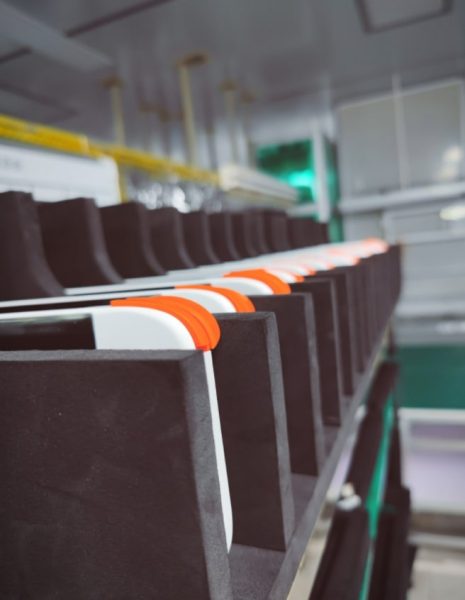

One look at the new AyaNeo handheld gaming device, and you’ll be instantly reminded of the Nintendo Switch. However, unlike the famous console, the AyaNeo Next looks and functions more like Valve’s Steam Deck. Let’s talk about the design first and move on to the ergonomics afterward.
Aesthetics-wise, the AyaNeo Next looks sleek and pretty. It looks almost identical to a Nintendo Switch Lite because of the layout and size. It comes in multiple colors, including Pastel Blue, Bright White, Jet Black, Midnight Blue, and Silver. Moreover, the Next has joysticks on either side with a D-pad on the left and XYAB keys on the right. Below either side lie a few more buttons that serve different purposes.
Overall, the form factor of the AyaNeo Next is superb. That’s especially true if you compare it to previous models like the AyaNeo Pro. The new AyaNeo Next isn’t boxy and features rounded edges. It’s also more convenient than the Steam Deck and doesn’t incorporate trackpads or unconventionally placed buttons.
Furthermore, it has built-in grips on either side, so you don’t need additional accessories to make it ergonomic. To top it off, the device’s grips also have a rubberized texture to it allowing you to hold it easier. It’s no wonder why many people give the title of the most comfortable handheld PC to the AyaNeo Next.
On the other hand, while the device is great for comfort and ergonomics, it’s not exactly the most durable device. Sure, the company’s engineers have built the controls in such a way that it’s more resistant to wear and tear. Nonetheless, it’s made of soft-touch plastic and doesn’t feel premium on the hand.
Controls
The placement of the buttons and analog sticks also contribute to the ease of use the AyaNeo Next offers. They’re wider and more substantial than the ones you find on the previous Pro model. As such, your fingers can easily find their way to the right controls and even rest on them while idle. They also perform well, offering a wider motion range and better sensitivity overall.
In addition, the controls (both the triggers and joysticks) on the AyaNeo Next are innovative in design. They might not look it on the outside, but underneath the hood, they use magnetic systems to function. This mechanism, aided by the device’s “Hall Effect” sensors, lessens the friction between its internal parts.
Apart from this, the controls are also more versatile than those on the Nintendo Switch. That’s because the joysticks are detachable, so you can replace them easily when they break. This, combined with the AyaNeo Next’s “Hall Effect” sensors, allow for more durability overall.
As for the miscellaneous buttons, you’ll find two on either side. The right ones are unlabeled, with the larger one serving as a shortcut key to open Aya Space. This software is proprietary and is the company’s way of letting users easily manage and navigate their game library. The smaller one, on the other hand, simply lets you quickly exit apps and windows in one click.
Unfortunately, unlike the Steam Deck, there is no trackpad to be found on the AyaNeo Next. As a result, you won’t be able to play certain games that don’t work with controllers. That is unless you connect a mouse to the device through a wire or BlueTooth. Nonetheless, this shouldn’t be an issue as you can play a plethora of games regardless of mouse-like controls.
Other Buttons & Ports
The AyaNeo Next has similar peripheral buttons and ports that are a staple for handheld devices like these. Naturally, the device has a power button that lets you turn it on or off. It also functions as a fingerprint sensor (although it can be a bit finicky when there are smudges).
Next to the power, you’ll find the headphone jack and volume controls to adjust the sound. Finally, the AyaNeo Next also has USB-C ports – although there are only two on this model. That’s a bit disappointing, especially because previous models had three ports on them. Nonetheless, it’s only problematic if you need to plug in multiple devices.
Performance & Graphics
If we compare the AyaNeo Pro to the baseline 2021 models, then the performance differences are minute and negligible. However, if you’re coming from either of those and upgrading to the Next, you’ll certainly notice a difference. That’s because the new AyaNeo Next sports the AMD Ryzen 7 5800U and Radeon Vega 8 graphics.
On default settings, you’ll see higher frame rates on the AyaNeo Next compared to the AyaNeo Pro. If you tinker with the settings, you can even push the performance and make games run at 60fps or more. Of course, this isn’t true for all games. You’ll be lucky to get 30fps on heavy-duty ones like Halo Infinite. Nonetheless, it’s a solid step up from previous generations.
In addition, there are multiple considerations to think about when changing the settings. You have to balance the frame rate with visual fidelity. Chances are, your preference for either one will determine your end-game settings. Moreover, you have to choose whether to raise the TDP and sacrifice battery life for better performance.
One thing’s for sure, though. The 1280x800p display works in your favor when it comes to graphics performance. That’s because the device doesn’t need to work too hard to render textures on Full HD or 4K games. This helps keep your gameplay smooth, although you won’t get fancy features like ray tracing on it.
Alternatively, you could also plug the device into an external monitor or TV for higher resolution gaming. However, do note that performance won’t be as good as it is on handheld mode. Apart from this, the AyaNeo Next provides a solid experience when it comes to the display. The IPS panel is decent, and the colors are accurate. However, it isn’t bright, so it’s not ideal for outdoor use.
User Interface
The AyaNeo Next runs Windows 10 by default. While this may have huge benefits (e.g., the large game library), it also has its downsides. The clunky user interface is arguably the biggest one.
That’s because the handheld console-PC hybrid hardware is still pretty new. Sure, Microsoft has made efforts in the past to adapt to different hardware, adjusting to touchscreen and mobile environments. However, the experience you get on the AyaNeo Next is less than ideal.
For example, the device doesn’t include a built-in keyboard and instead forces you to use the one on screen. It’s a pretty tiny icon, so it’s easy to misclick on something else. Moreover, while navigating the interface with a controller is doable, it’s nearly impossible when you’re already playing a game. Hence, a mouse almost becomes essential, especially when you want to do things that require precision (installing mods, for example).
Battery Life
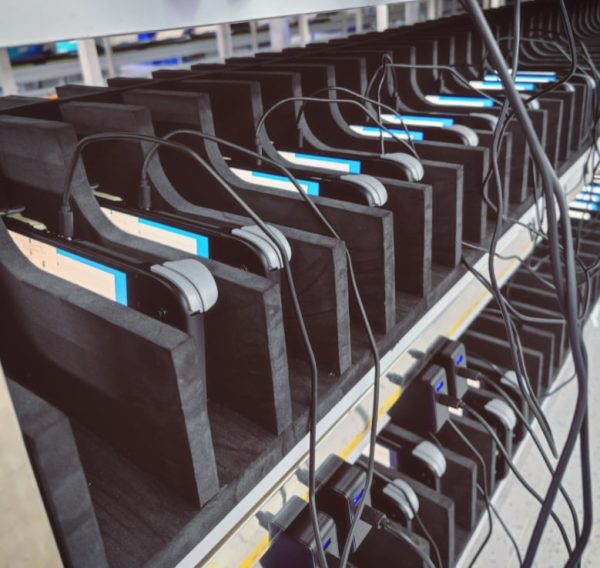

The AyaNeo Next has a relatively short battery life of 2-6 hours, depending on your usage. It functions essentially like a regular gaming laptop and will drain faster on higher settings. However, it does have an advantage over the Steam Deck in that it can charge faster (65W) than Valve’s device.
In addition, the AyaNeo Next allows users to lengthen battery life by tinkering with the settings inside Aya Space. The “balanced” option lets you set things at 15W, whereas a “game” setting allows for 20W. It also has a power-saving mode and custom options if you want to further customize the battery usage.
Game Library
One of the largest benefits of the AyaNeo Next is certainly the fact that it runs Windows 10 by default. With it, you can access your Steam library easily and even run other stores like the Epic Games Store. You could even access games from the Xbox app to run Game Pass titles like Halo Infinite. It’s essentially a Windows PC, but in a different form factor, so it could theoretically do anything a PC can. Of course, the user experience might suffer as a result, but at least the possibility exists.
Value for Money
What is the AyaNeo Next price, and how does it fare against competitors? The base model AyaNeo Next costs over $1,300 (1TB version) or over $1,400 (2TB version). If you managed to preorder the device on Indiegogo, you might have been able to get it for less. Still, even at a discount, it’s a big leap from both the Nintendo Switch and Valve’s Steam Deck.
With that said, is the more expensive device worth all the money it costs? It truly depends. If you compare it to the meager price of the Steam Deck or Nintendo Switch, it’s certainly not worth it. After all, the Steam Deck does only start at $399. Hence, the AyaNeo Next is more than three times that price.
Nonetheless, you could make the argument that the AyaNeo Next offers much more. For instance, it provides a 1TB SSD right off the bat. This, along with the Windows 10 OS license, are probably responsible for the high price tag. Speaking of which, we haven’t talked about the big benefit of Windows 10 on a handheld gaming PC.
It’s certainly a big bonus considering that the software is robust enough to run any PC game. Alternatives like the Steam Deck (which primarily runs Linux) or the Nintendo Switch simply can’t compare. Putting all of these together and we can conclude that the AyaNeo Next is certainly worth the price. It offers tons of built-in, high-speed storage and a capable OS. However, it’s not a worthy investment for everybody – especially budget-conscious consumers – as $1,300 is a lot to ask for.
AyaNeo Next vs AyaNeo Next Pro vs AyaNeo Next Advance
The AyaNeo Next has more than one model, and you aren’t forced to choose the baseline version. That’s because the company also offers the AyaNeo Next Advance and AyaNeo Next Pro. How do these compare?
The main difference between the three is the options for the CPU. That’s because the AyaNeo Next Advance incorporates a 5800U processor while the Next and Next Pro use the 5825U. The latter is 100MHz faster at 2.0GHz and 4.5GHz (boosted) clock speeds. Moreover, the Pro is slightly more capable as it sports 32GB of RAM instead of 16GB.
Lastly, each model differs in price, with the range starting from over $1,300 and capping at more than $1,500. At launch, the Next Advance cost $1,345 – although it has since sold out ahead of the Indiegogo campaign. On the other hand, the regular AyaNeo Next starts at $1,335, while the Next Pro has the initial price set to $1,535.
AyaNeo Next vs Steam Deck
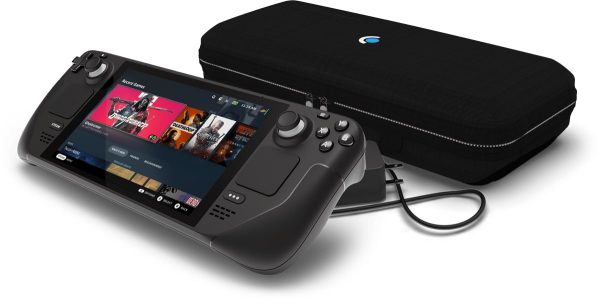

Let’s address the (not so) elephant in the room: the price. The most obvious winner here is the Steam Deck if we’re comparing the two solely on cost. That’s because the AyaNeo Next starts at $1,300+ while the Steam Deck costs a measly $399. It’s certainly a big difference, especially if you factor the AyaNeo Next Advance and Pro models into the equation.
Why the AyaNeo Next Is Better
With that said, however, there are reasons for this price jump – and they’re good reasons, too. For example, the AyaNeo Next has the upper hand when it comes to privacy. It incorporates a handy fingerprint sensor on the power button for better security. The Steam Deck doesn’t have such a feature and even foregoes any kind of login protection. Once you open your account on the device, it won’t ask for a password moving forward.
In addition, the Steam Deck takes a hit if we’re comparing the software. That’s because the Steam Deck primarily runs on Linux-based SteamOS 3.0. Hence, it’s not as compatible with certain games that the AyaNeo Next has no problem running. For example, the AyaNeo Next can stream games from the Xbox Game Pass, whereas the Steam Deck cannot.
Of course, Valve did add Windows compatibility on the device just recently, but it hasn’t been fully implemented yet. It’s full of bugs and glitches, so most people don’t recommend you to run Windows on it. For now, if you want the full Windows 10 experience, the AyaNeo Next is the better choice.
Lastly, the AyaNeo Next comes with 1TB by default, whereas the Steam Deck only comes with 64GB. You can upgrade the storage on Valve’s device, but it’s limited to 512GB. Of course, the Steam Deck does have a microSD card slot you can hook up to make up for this. However, the loading times will be slower, and there’s more file management involved.
Why You Might Choose the Steam Deck
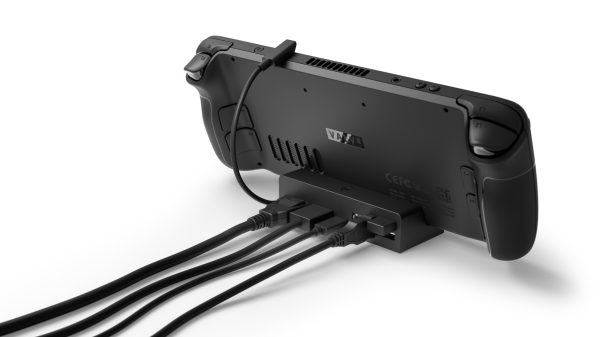

Of course, all of these arguments for the AyaNeo Next fall flat if the budget is a big deal. Most people can live without the fast loading times SSDs can offer. You can also upgrade the Steam Deck and get a 512GB SSD, and it’ll only cost you roughly $650. If you want to expand that further, microSD cards are a cheap but practical solution that can address the shortage.
Apart from the storage, the OS is one of the Steam Deck’s weak points when going up against the Next. After all, Linux isn’t optimized for a lot of games and it won’t run anything on the Xbox Game Pass. Nonetheless, some people won’t mind the titles they miss out on because of the better deal the Steam Deck provides.
Lastly (and perhaps most importantly), the performance of the two devices is almost in the same league. You could say the Steam Deck performs slightly better than the AyaNeo Next because of the faster GPU. It provides nearly the same power and offers solid performance for a device of this caliber. The Steam Deck also provides mostly the same features, so it has a large upper hand.
Verdict: Can the AyaNeo Next Be a Major Force in Portable Gaming?
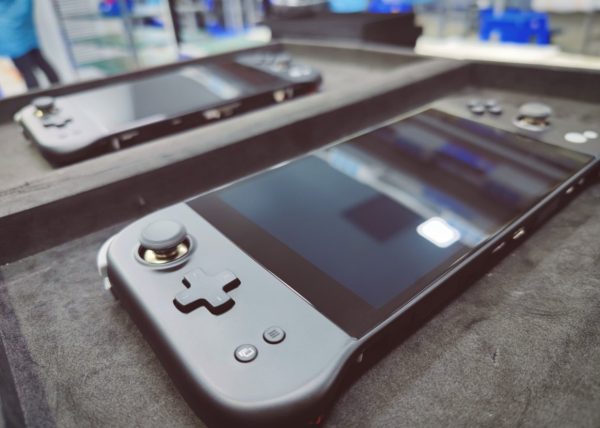

The AyaNeo Next certainly has a lot to offer consumers and is an upgrade to Aya Neo’s older consoles. However, it does have a large price tag – one that not many are willing to pay. Nonetheless, if you have the money, it’s certainly solid competition for the Steam Deck and Nintendo Switch. It has a larger library of games because of the Windows OS and comes with a 1TB SSD by default.
Moreover, the console is more ergonomic than the other two and is certainly a good performer. The only advantage it doesn’t have is significantly better performance than Valve’s or Nintendo’s devices – one that warrants the price. If you don’t mind that, then it’s worth considering.










